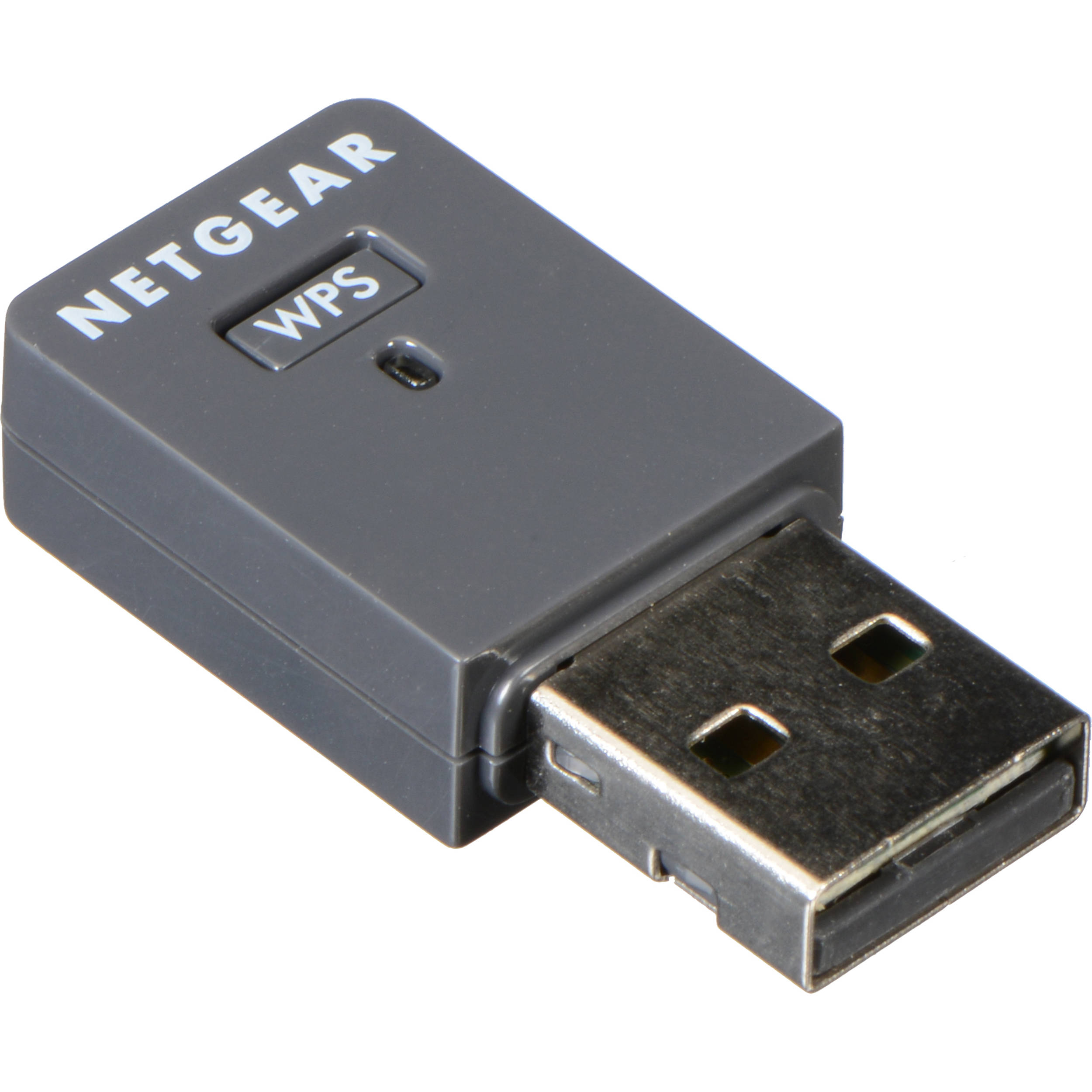

Articles
What Does A Usb Wifi Adapter Do
Modified: January 8, 2024
Looking for articles on what a USB WiFi adapter does? Discover the benefits and functionality of USB WiFi adapters in this informative guide.
(Many of the links in this article redirect to a specific reviewed product. Your purchase of these products through affiliate links helps to generate commission for Storables.com, at no extra cost. Learn more)
Introduction
Welcome to the world of wireless connectivity! In today’s fast-paced digital era, staying connected to the internet is a necessity. Whether you need to browse the web, join virtual meetings, stream your favorite shows, or play online games, a reliable internet connection is crucial. While most devices nowadays come with built-in WiFi capabilities, sometimes you may find yourself in a situation where you need to improve or extend your wireless network coverage. This is where a USB WiFi adapter comes to the rescue.
A USB WiFi adapter is a small device that allows you to connect your computer, laptop, or other devices to a wireless network. It provides a convenient way to upgrade your device’s WiFi capabilities or add WiFi connectivity to devices that do not have built-in WiFi support. This powerful gadget can enhance your internet experience by providing faster speeds, improving signal strength, and expanding network coverage.
Whether you are a student, professional, or casual internet user, having a reliable and fast internet connection is essential. A USB WiFi adapter can be a valuable addition to your tech arsenal, allowing you to enjoy seamless and uninterrupted internet access wherever you go. In this article, we will explore the functionality of a USB WiFi adapter, discuss its benefits, guide you on how to choose the right one, and offer tips for setting it up successfully.
So, if you’re ready to amplify your wireless connectivity and unlock a world of possibilities, let’s dive into the world of USB WiFi adapters!
Key Takeaways:
- Upgrade your device’s WiFi capabilities with a USB WiFi adapter, enjoying faster speeds, expanded coverage, and seamless wireless connectivity for all your online activities.
- When choosing a USB WiFi adapter, consider factors like WiFi standards, frequency bands, antenna type, and compatibility to optimize your wireless experience and enjoy reliable internet access.
Read more: What Does A Wifi Adapter Do
Definition of USB WiFi Adapter
A USB WiFi adapter, also known as a wireless network adapter or WiFi dongle, is a small device that allows devices without built-in WiFi capabilities to connect to a wireless network. It plugs into the USB port of your computer, laptop, or other compatible devices and provides wireless connectivity by transmitting and receiving WiFi signals.
The USB WiFi adapter acts as a bridge between your device and the wireless router, enabling you to access the internet or connect to other devices on the network. It essentially transforms your device into a WiFi-enabled device, giving you the freedom to connect to the internet without the need for Ethernet cables or being confined to a specific location.
The technology used in USB WiFi adapters has advanced significantly over the years. The latest models support the latest WiFi standards, such as 802.11ac or 802.11ax (Wi-Fi 6), which offer faster speeds, broader coverage, and improved reliability compared to older standards.
USB WiFi adapters come in various form factors, including USB-A, USB-C, and micro USB, allowing you to choose one that is compatible with your device’s USB port. Some adapters also have flexible antennas or detachable antennas that can be adjusted to optimize signal reception.
Additionally, USB WiFi adapters can support different WiFi frequency bands, including 2.4GHz and 5GHz. The 2.4GHz band provides better coverage and compatibility with older devices, while the 5GHz band offers faster speeds and is ideal for tasks that require high bandwidth, such as streaming HD videos or online gaming.
In summary, a USB WiFi adapter is a portable and versatile device that expands the wireless capabilities of your devices. It allows you to connect to WiFi networks, access the internet, and enjoy the benefits of wireless connectivity without the limitations of wired connections.
How Does USB WiFi Adapter Work?
USB WiFi adapters work by utilizing the principles of wireless communication to connect your device to a WiFi network. The adapter essentially acts as a wireless receiver and transmitter, allowing your device to send and receive data through WiFi signals.
When you plug in a USB WiFi adapter into your device’s USB port, the adapter establishes a connection with the device’s operating system. The operating system recognizes the adapter as a network device and installs the required drivers to enable its functionality.
Once the adapter is set up, it scans the vicinity for available WiFi networks. It detects the wireless signals emitted by nearby routers and displays the available networks on your device’s network manager or WiFi settings panel.
Upon selecting a network to connect to, the USB WiFi adapter establishes a connection by sending connection requests and authentication data to the router. If the provided credentials are correct, the adapter is granted access to the network.
Once connected, the USB WiFi adapter acts as a relay between your device and the router. It receives data from the router in the form of WiFi signals and transmits it to your device, allowing you to browse the internet, stream media, or access other network resources.
Similarly, when you send data from your device, such as a request to load a webpage or upload a file, the USB WiFi adapter receives the data and converts it into WiFi signals. It then transmits these signals to the router, which routes the data to its intended destination, such as a website server.
In terms of technical functionality, USB WiFi adapters use radio frequency signals to establish and maintain the wireless connection. They operate on certain WiFi channels within specific frequency bands (2.4GHz or 5GHz) and utilize modulation techniques to encode and decode data being sent and received.
Overall, USB WiFi adapters serve as intermediaries between your device and the WiFi network, enabling wireless communication and providing you with internet access and network connectivity.
Benefits of Using USB WiFi Adapter
Using a USB WiFi adapter comes with several benefits that can greatly enhance your internet experience. Whether you’re looking to improve your device’s wireless capabilities or expand your network coverage, here are some notable advantages of using a USB WiFi adapter:
1. Wireless Connectivity: A USB WiFi adapter allows you to connect your device to a WiFi network without the need for Ethernet cables. This provides you with the freedom to move around and access the internet from anywhere within the network coverage area.
2. Upgraded WiFi Speeds: Older devices or those without built-in WiFi capabilities may only support outdated WiFi standards. By using a USB WiFi adapter, you can upgrade your device’s WiFi capabilities to modern standards, such as 802.11ac or 802.11ax (Wi-Fi 6), which offer faster speeds and improved performance.
3. Expanded Network Coverage: In some cases, you may find that the built-in WiFi on your device has limited range, resulting in weak or unstable connections. A USB WiFi adapter with a high-gain antenna can help extend the network coverage, allowing you to access the internet from greater distances or through obstacles such as walls or floors.
4. Better Signal Strength: USB WiFi adapters with improved antenna technology can significantly enhance signal strength. This is particularly beneficial in areas with weak WiFi signals, such as large buildings or areas with many devices competing for network connectivity.
5. Easy Installation and Portability: USB WiFi adapters are easy to install and use. Simply plug the adapter into an available USB port, install any necessary drivers, and you’re ready to connect to a WiFi network. Additionally, their compact size makes them highly portable, allowing you to easily take them with you when traveling or using multiple devices.
6. Compatibility with Various Devices: USB WiFi adapters are compatible with a wide range of devices, including desktop computers, laptops, gaming consoles, and even some smart TVs. This versatility allows you to upgrade the wireless capabilities of multiple devices without the need for individual upgrades or modifications.
7. Cost-Effective Solution: Upgrading to a USB WiFi adapter is often more cost-effective than purchasing a new device with built-in WiFi capabilities. It allows you to extend the life of your existing devices and enjoy the benefits of wireless connectivity without a major financial investment.
Overall, using a USB WiFi adapter provides you with the flexibility to connect to WiFi networks, improve signal strength, and enhance network performance. It is a practical and convenient solution for upgrading your devices to modern WiFi standards and achieving a seamless wireless internet experience.
Factors to Consider When Choosing a USB WiFi Adapter
When selecting a USB WiFi adapter, it’s essential to consider several factors to ensure you choose the right adapter that suits your needs. Here are some key factors to keep in mind:
1. WiFi Standards and Speed: Look for a USB WiFi adapter that supports the latest WiFi standards, such as 802.11ac or 802.11ax, to enjoy faster speeds and improved performance. Make sure the adapter is compatible with your router’s WiFi standard to maximize its capabilities.
2. Frequency Bands: Determine whether you need a dual-band or single-band USB WiFi adapter. Dual-band adapters allow you to connect to both 2.4GHz and 5GHz frequency bands, providing more options for network compatibility and less interference from other devices.
3. Antenna Type: Consider the antenna type of the USB WiFi adapter. Adapters with external high-gain antennas or adjustable antennas tend to offer better signal reception and coverage. This is especially important if you need to connect from a distance or through obstacles.
4. Data Transfer Rate: Check the maximum data transfer rate supported by the USB WiFi adapter. Higher transfer rates indicate faster speeds, which are beneficial for bandwidth-intensive tasks such as streaming HD videos or online gaming.
5. Compatibility: Ensure the USB WiFi adapter is compatible with your device’s operating system. Check if the manufacturer provides drivers or software updates for your specific operating system, including Windows, macOS, or Linux.
6. USB Port Type: Verify the type of USB port your device has (USB-A, USB-C, or micro USB) and choose a USB WiFi adapter that matches the port type. This guarantees a secure and proper connection.
7. Brand and Reputation: Consider reputable brands known for producing reliable and high-quality USB WiFi adapters. Research customer reviews and ratings to gauge the adapter’s performance and durability.
8. Price and Budget: Set a budget for your USB WiFi adapter purchase. While it’s worth investing in a quality adapter, there are options available at various price points. Compare features and prices to find the best value for your needs.
9. Additional Features: Some USB WiFi adapters come with extra features such as WPS (Wi-Fi Protected Setup) or support for advanced security protocols. Assess your specific requirements and choose an adapter that offers the features that are important to you.
By considering these factors, you can select a USB WiFi adapter that meets your requirements and enhances your wireless connectivity. It’s important to find a balance between performance, compatibility, and affordability to ensure a seamless internet experience.
A USB WiFi adapter allows a device without built-in WiFi capability to connect to a wireless network. It plugs into the USB port and provides wireless internet access. When choosing a USB WiFi adapter, make sure it is compatible with your device’s operating system and supports the WiFi standards used by your network.
Read more: What Is Wifi Adapter
Setting up USB WiFi Adapter
Setting up a USB WiFi adapter is a straightforward process. Follow these steps to get your adapter up and running:
1. Verify Compatibility: Ensure that the USB WiFi adapter you have purchased is compatible with your device’s operating system. Check the manufacturer’s specifications or website for compatibility details.
2. Install Drivers: Most USB WiFi adapters require drivers to be installed before they can function properly. These drivers usually come with the adapter or can be downloaded from the manufacturer’s website. Insert the adapter into an available USB port on your device and follow the instructions provided to install the necessary drivers.
3. Connect to the WiFi Network: Once the drivers are installed, the adapter should be recognized by your device. Open the network manager or WiFi settings panel and scan for available networks. Select your desired network from the list and enter the network’s password if prompted.
4. Adjust Network Preferences: After connecting to the WiFi network, you may want to adjust some network preferences to optimize your wireless experience. This can include setting the network to connect automatically, prioritizing certain networks, or changing the channel settings. These options can usually be accessed through the network manager or WiFi settings panel.
5. Test the Connection: Once you have completed the setup, test the connection to ensure that the USB WiFi adapter is working correctly. Open a web browser or any internet-dependent application to check if you can access the internet successfully. If the connection is stable and functioning, you have successfully set up your USB WiFi adapter.
6. Positioning and Signal Optimization: Depending on the adapter and your network’s setup, you may need to adjust the positioning of the adapter or its antenna for optimal signal reception. Experiment with different locations or orientations to find the best signal strength and stability.
7. Update Drivers: It is recommended to periodically check for driver updates from the manufacturer’s website. New driver versions might provide bug fixes, performance enhancements, or compatibility improvements. Keeping your drivers up to date ensures the best possible functionality of your USB WiFi adapter.
It is important to note that these steps are general guidelines, and the specific setup process may vary depending on the make and model of your USB WiFi adapter and the operating system you are using. Always refer to the manufacturer’s instructions and documentation for detailed setup instructions specific to your device.
By following these steps and ensuring a proper setup, you can unleash the full potential of your USB WiFi adapter and enjoy wireless connectivity on your devices.
Troubleshooting Common Issues with USB WiFi Adapter
While USB WiFi adapters are generally reliable, you may encounter some common issues during setup or usage. Here are some troubleshooting tips to help you resolve these issues:
1. Incompatible or Outdated Drivers: If your USB WiFi adapter is not functioning properly, check if you have the latest drivers installed. Visit the manufacturer’s website to download and install the most up-to-date drivers compatible with your operating system.
2. Poor Signal or Limited Range: If you experience weak signals or limited coverage, try repositioning the USB WiFi adapter and adjusting the antenna if applicable. Placing the adapter closer to the router or in a more open area can improve signal strength and range.
3. Interference from Other Devices: Wireless signals can be affected by interference from other electronic devices or neighboring WiFi networks. To mitigate interference, try changing the WiFi channel in your router’s settings or relocating the router and adapter away from potential sources of interference.
4. Driver Conflicts: Conflicts between multiple drivers can cause connectivity issues. Uninstall any conflicting WiFi drivers or software from your device and reinstall the drivers for your USB WiFi adapter.
5. Authentication or Password Issues: Double-check that you have entered the correct password for your WiFi network. Ensure that there are no typos or errors in the password or network name. If necessary, re-enter the credentials or reset your router’s password.
6. USB Port Issues: If the USB port is not providing enough power to the adapter, it may not function properly. Try connecting the adapter to another USB port on your device to see if it resolves the issue. Avoid using USB hubs or extension cables, as they can potentially limit the power supply to the adapter.
7. Outdated Firmware: Some USB WiFi adapters have firmware that can be updated by the manufacturer. Check the manufacturer’s website for any available firmware updates for your specific model and follow the instructions to update the firmware.
8. Reset Network Settings: If you are still experiencing issues, try resetting your network settings. This can be done by restarting your router or performing a network reset on your device. Be aware that resetting network settings will remove any saved WiFi networks and require you to re-enter their passwords.
9. Reinstall or Replace the Adapter: If none of the above solutions work, consider reinstalling the USB WiFi adapter or replacing it with a different model. Faulty hardware or compatibility issues may require a fresh installation or a different adapter that is better suited for your specific device and network setup.
Remember, troubleshooting steps may vary depending on the specific issue and device you are using. Always refer to the manufacturer’s documentation or customer support for further assistance if needed.
By following these troubleshooting tips, you can overcome common issues and ensure smooth and reliable operation of your USB WiFi adapter.
Top USB WiFi Adapters in the Market
When it comes to USB WiFi adapters, there are several excellent options available in the market. Here are some of the top USB WiFi adapters known for their performance, features, and reliability:
1. TP-Link Archer T4U: The TP-Link Archer T4U is a dual-band USB WiFi adapter that supports the latest WiFi 6 (802.11ax) standard. It offers speeds of up to 1200Mbps, has a compact design, and comes with a high-gain antenna for better signal reception and range.
2. Netgear Nighthawk AC1900: The Netgear Nighthawk AC1900 is a powerful USB WiFi adapter that delivers fast AC1900 WiFi speeds. It has a dual-band capability and supports beamforming technology for improved signal strength and coverage. It also comes with a magnetic cradle for flexible positioning.
3. ASUS USB-AC68: The ASUS USB-AC68 is a high-performance USB WiFi adapter with dual-band capabilities. It offers AC1900 speeds, multiple adjustable antennas for optimal signal reception, and USB 3.0 connectivity for faster data transfer rates.
4. Linksys WUSB6300: The Linksys WUSB6300 is a compact USB WiFi adapter that supports AC1200 speeds and dual-band connectivity. It features WPA/WPA2 encryption for secure wireless connections and has an easy setup process.
5. Edimax EW-7822UAC: The Edimax EW-7822UAC is a USB WiFi adapter that supports AC1200 speeds and dual-band connectivity. It comes with a foldable 180-degree adjustable antenna for improved coverage and features a compact design.
6. Alfa AWUS036ACH: The Alfa AWUS036ACH is a USB WiFi adapter known for its long-range capabilities. It supports AC1200 speeds, has two detachable antennas for flexible positioning, and features high-gain power amplifiers for extended coverage.
7. D-Link DWA-192: The D-Link DWA-192 is an eye-catching USB WiFi adapter that supports AC1900 speeds and features a unique design with a spherical shape. It comes with a high-gain antenna for improved signal reception and has easy one-touch setup capabilities.
8. BrosTrend AC5: The BrosTrend AC5 is a budget-friendly USB WiFi adapter that supports AC600 speeds and dual-band connectivity. It is compact, easy to install, and offers reliable wireless performance for everyday use.
It’s important to note that the suitability of a USB WiFi adapter can vary depending on individual needs, network requirements, and device compatibility. Consider factors such as speed, range, compatibility, and price when selecting the right adapter for your specific scenario.
Before making a final decision, take the time to read customer reviews, compare features, and consider your own wireless needs. By doing so, you can choose a USB WiFi adapter that meets your requirements and provides a seamless and reliable wireless connection to enhance your internet experience.
Conclusion
In today’s connected world, a reliable and fast internet connection is vital. USB WiFi adapters provide a practical and convenient solution for upgrading devices without built-in WiFi capabilities or extending the wireless coverage of existing devices. These compact and versatile devices offer numerous benefits that enhance your internet experience.
By connecting your device to a WiFi network using a USB WiFi adapter, you can enjoy wireless connectivity, improved speeds, and expanded network coverage. Whether you need to browse the web, stream media, play online games, or attend virtual meetings, a USB WiFi adapter allows you to do so without the limitations of wired connections.
When choosing a USB WiFi adapter, consider factors such as WiFi standards, frequency bands, antenna type, compatibility, and additional features. By selecting an adapter that meets your specific requirements, you can optimize your wireless connectivity and enjoy seamless internet access.
Setting up a USB WiFi adapter is a simple process that involves installing drivers, connecting to a WiFi network, and adjusting network preferences. Troubleshooting common issues, such as signal strength, driver conflicts, or outdated firmware, can help ensure the smooth functioning of your adapter.
In the market, there are several top USB WiFi adapters known for their performance and reliability. The choice ultimately depends on your specific needs, budget, and device compatibility. Research customer reviews, compare features, and consider factors like speed, range, and connectivity options to find the right adapter for your requirements.
In conclusion, USB WiFi adapters offer a convenient and versatile solution for upgrading devices or extending network coverage. They provide wireless connectivity, faster speeds, and improved signal strength, enhancing your internet experience wherever you go. With the right USB WiFi adapter, you can unlock the full potential of your devices and enjoy seamless, reliable wireless connectivity for all your online activities.
Frequently Asked Questions about What Does A Usb Wifi Adapter Do
Was this page helpful?
At Storables.com, we guarantee accurate and reliable information. Our content, validated by Expert Board Contributors, is crafted following stringent Editorial Policies. We're committed to providing you with well-researched, expert-backed insights for all your informational needs.
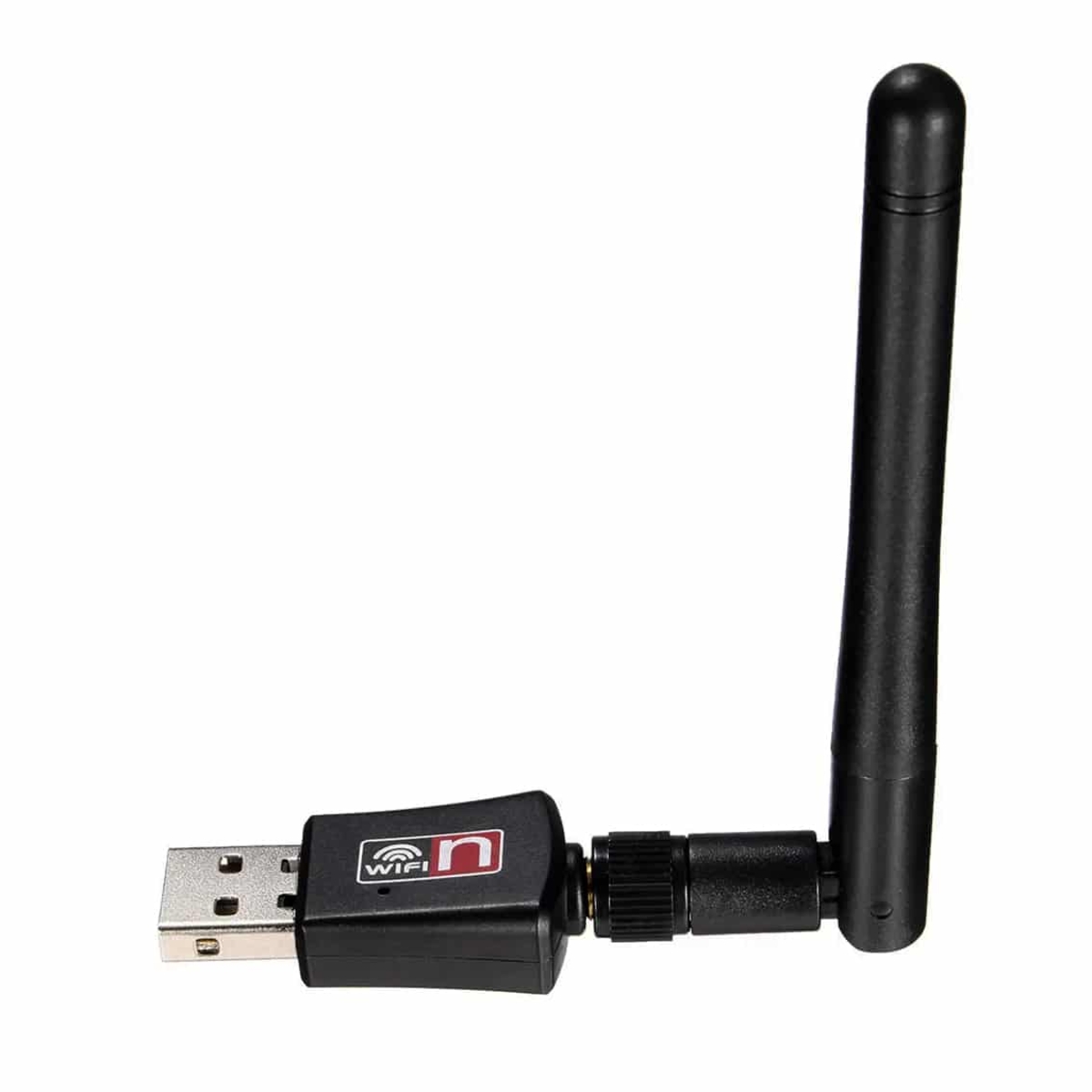
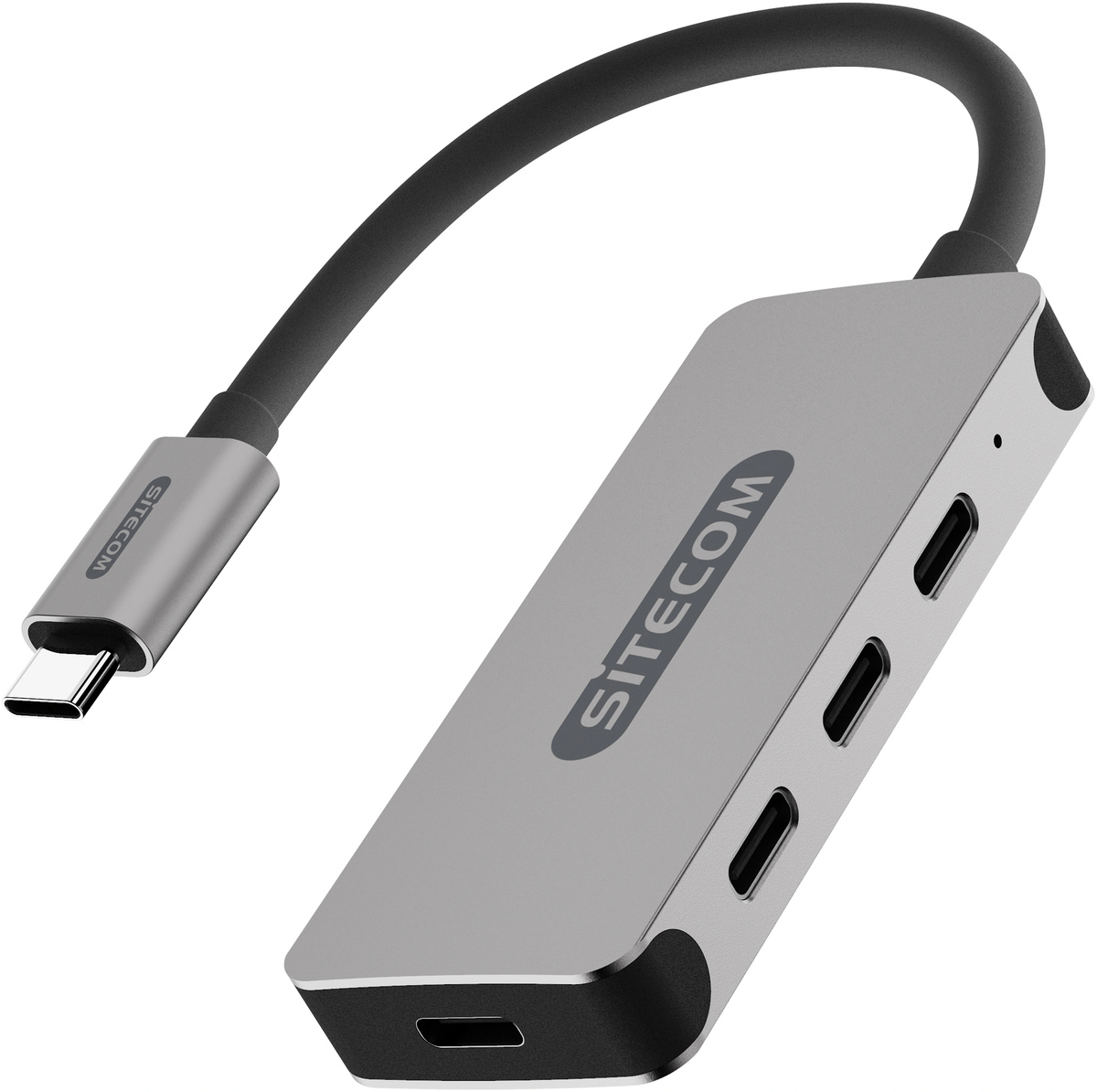
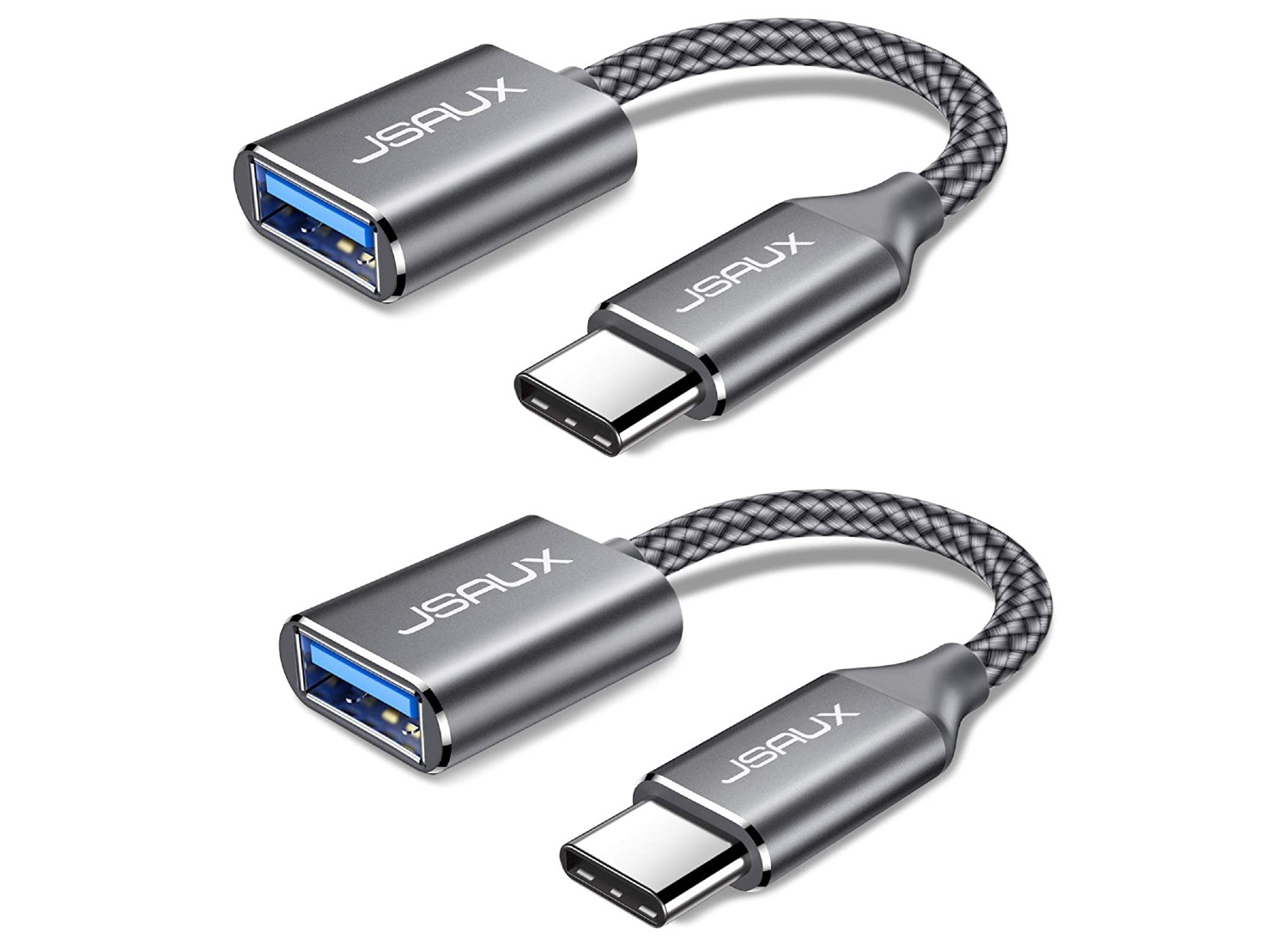
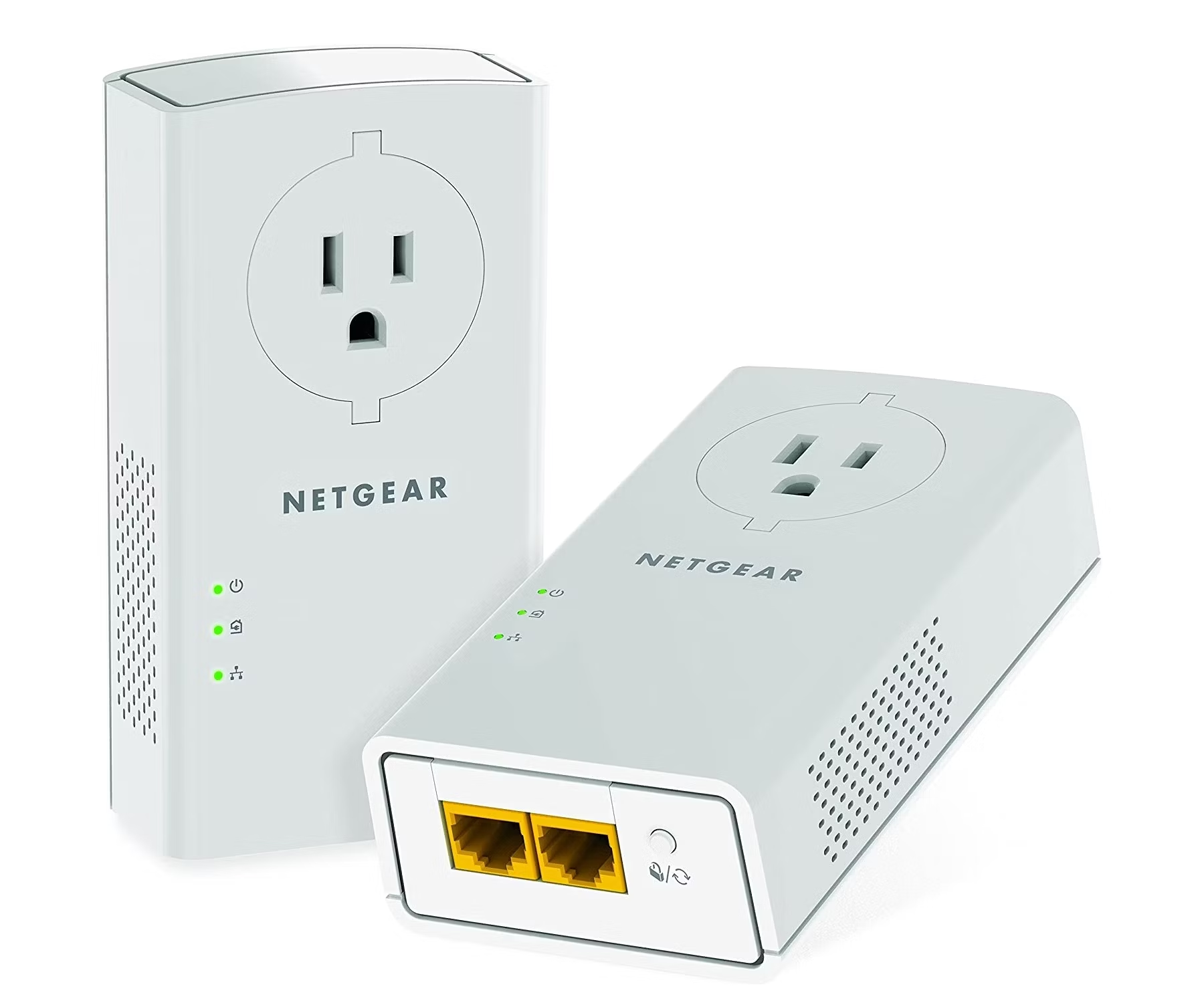
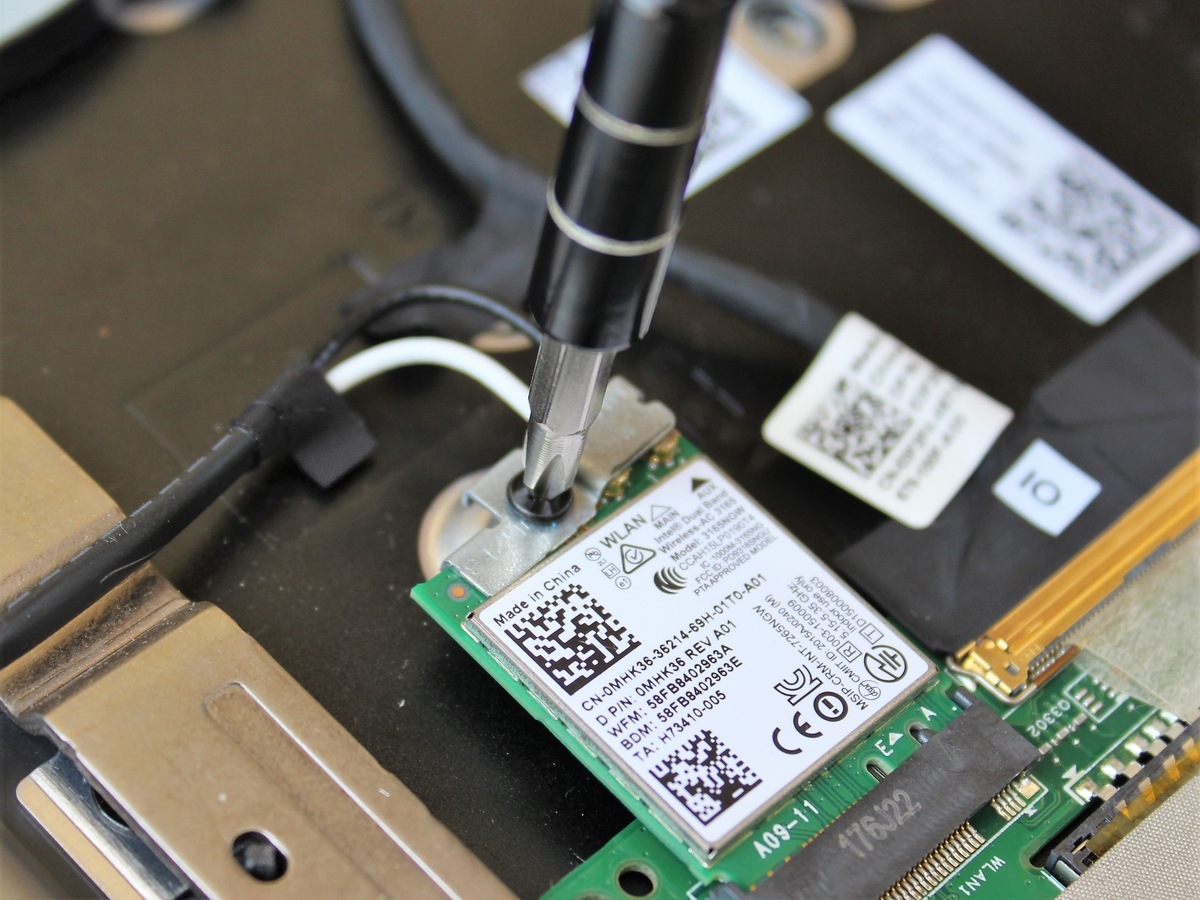
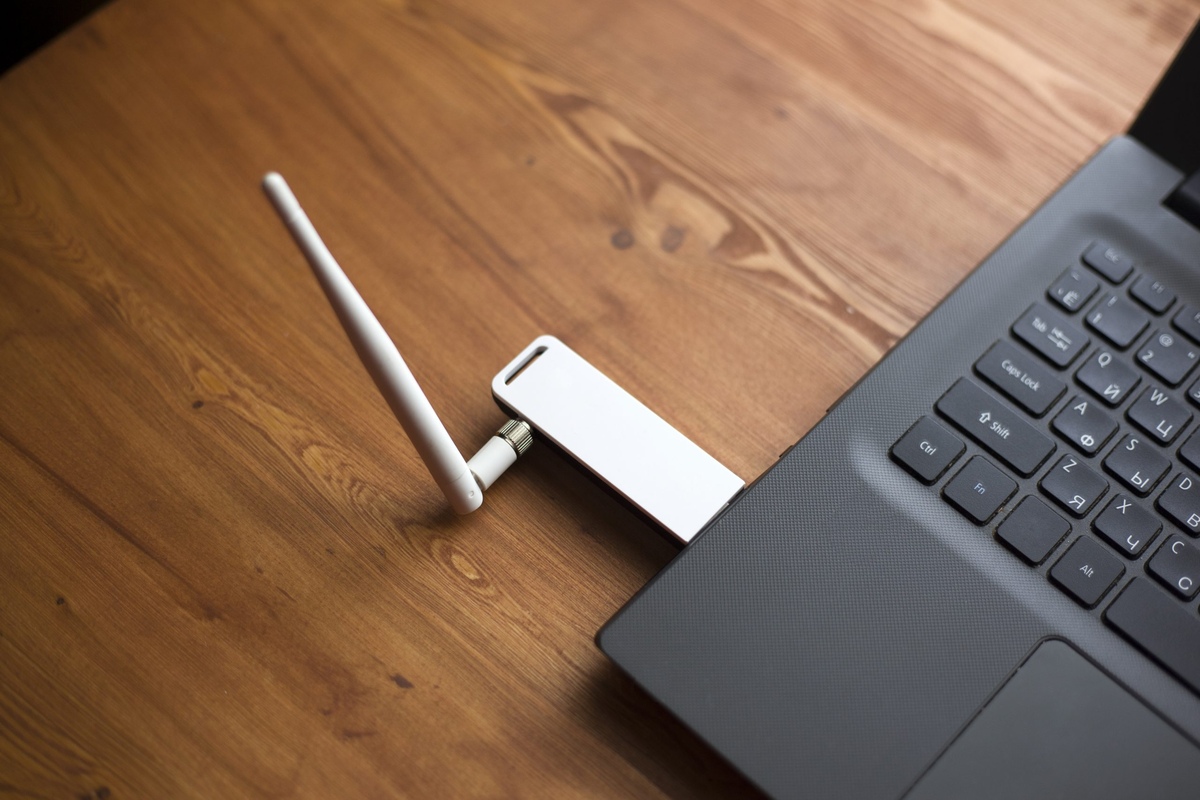
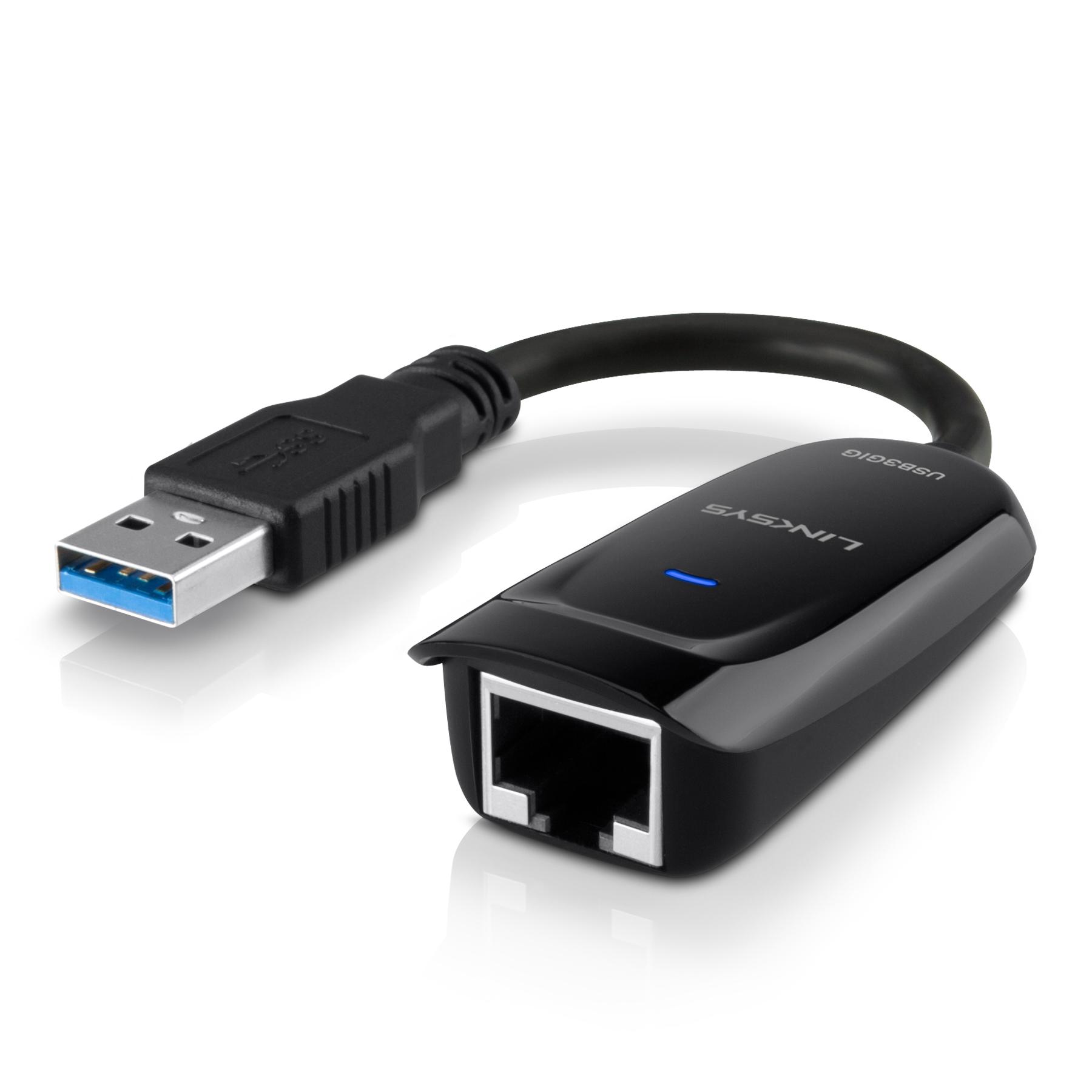
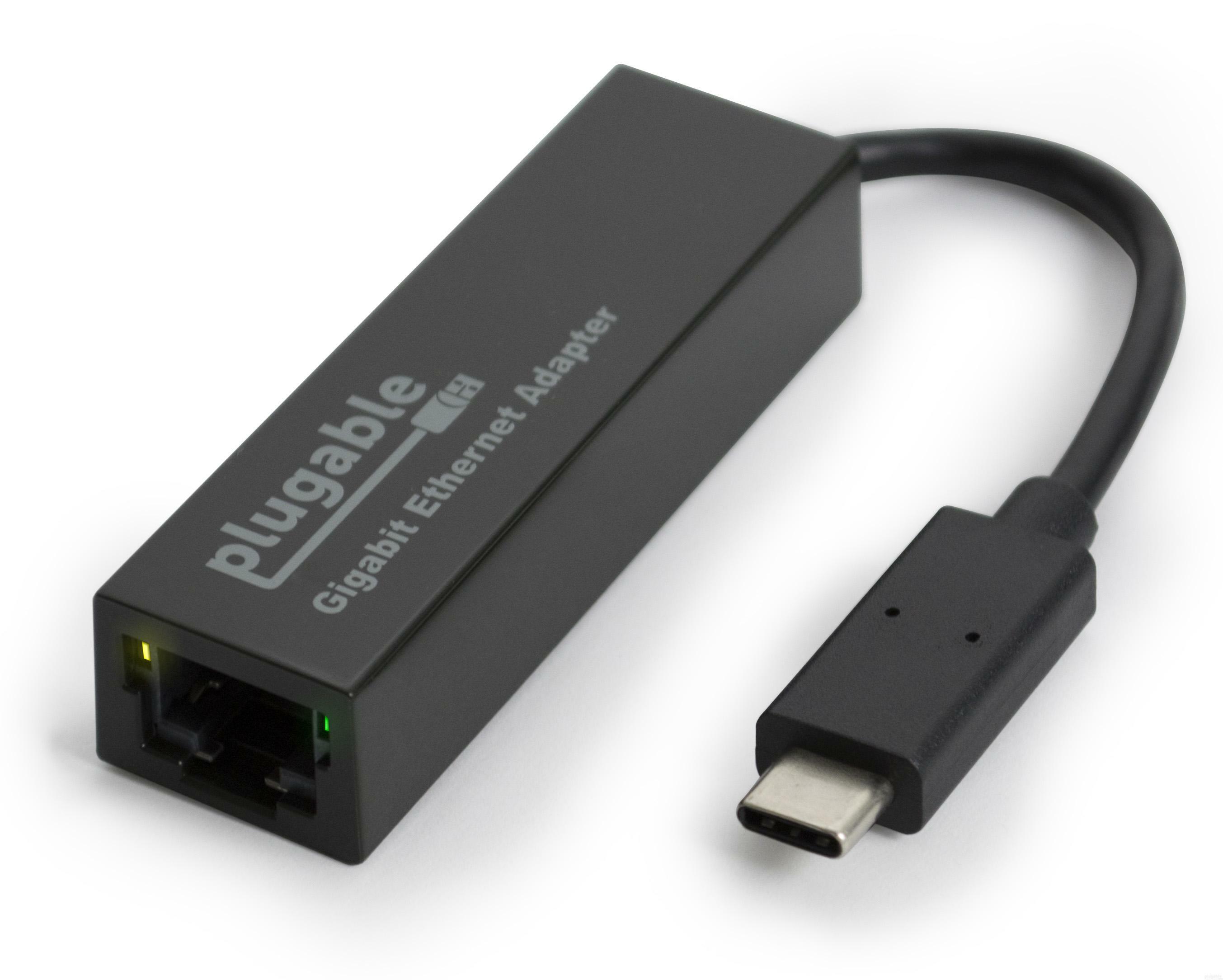
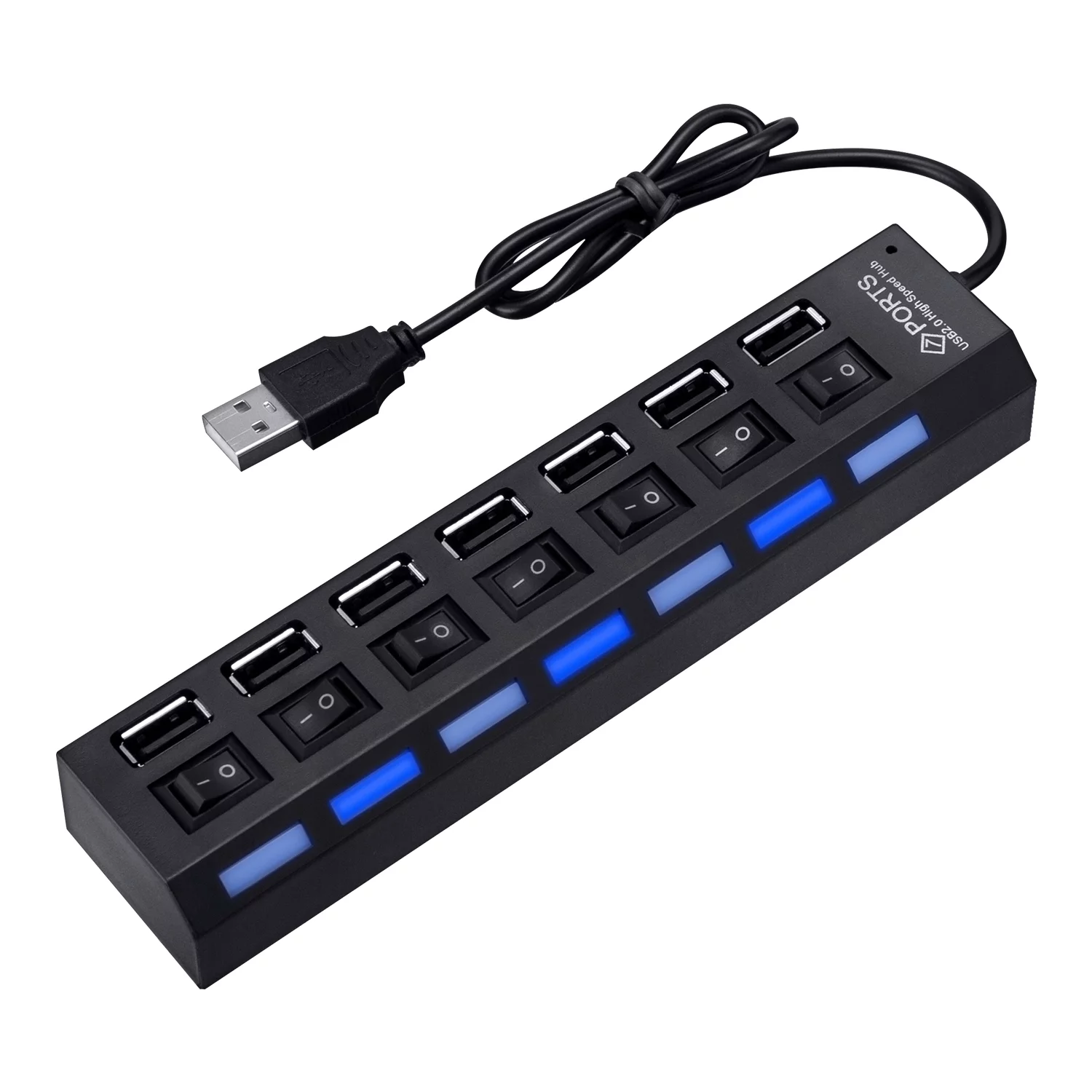
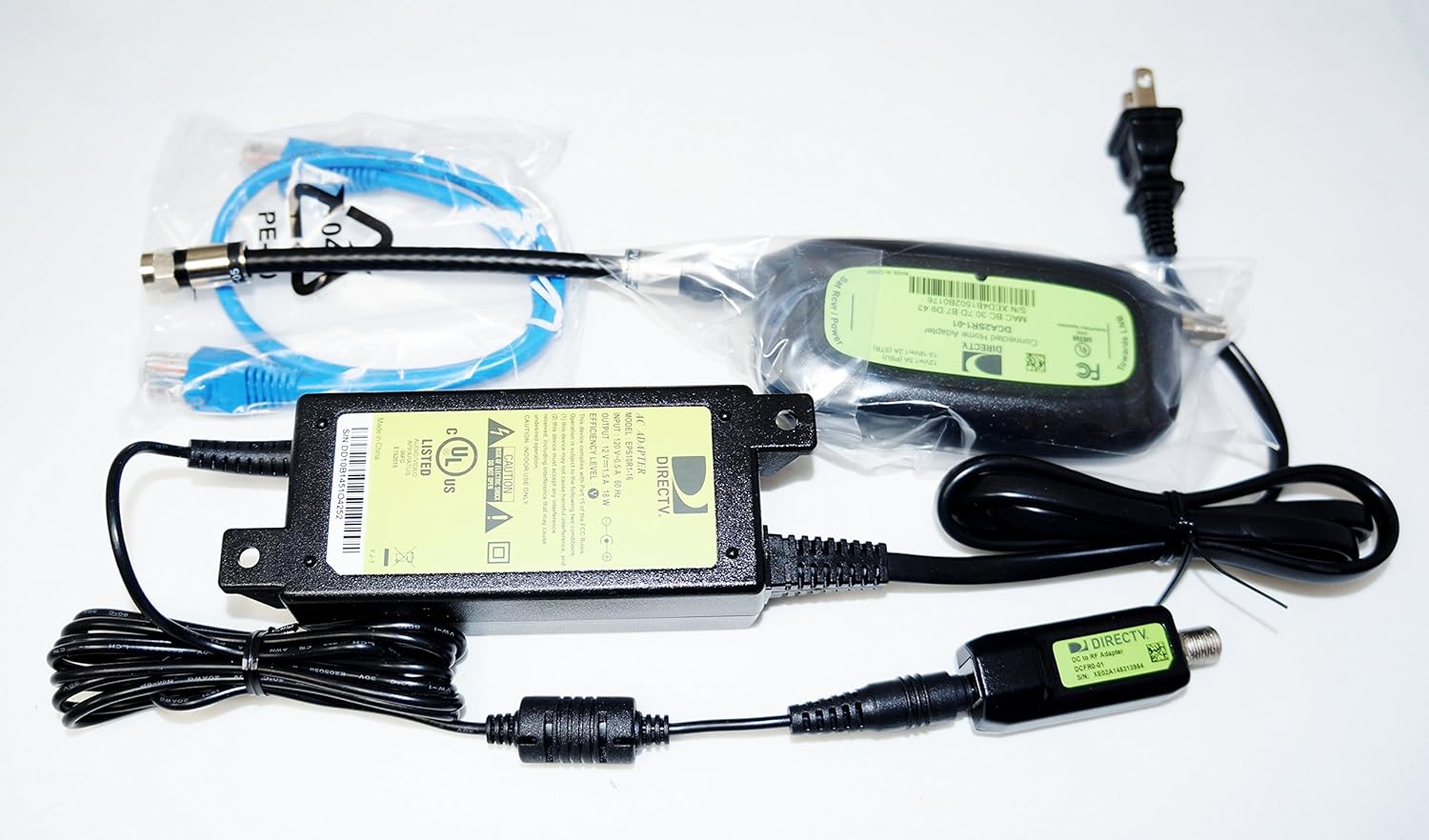
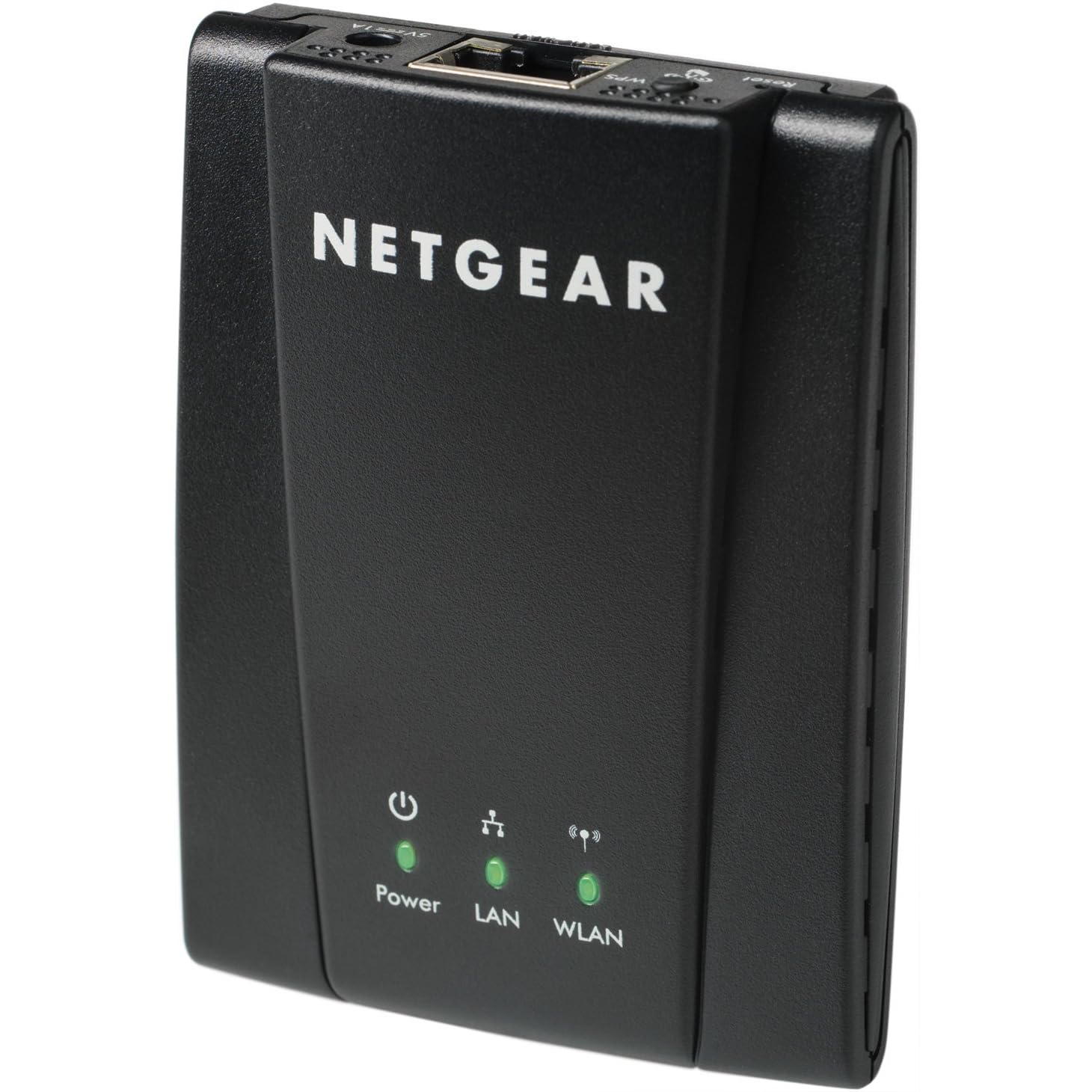
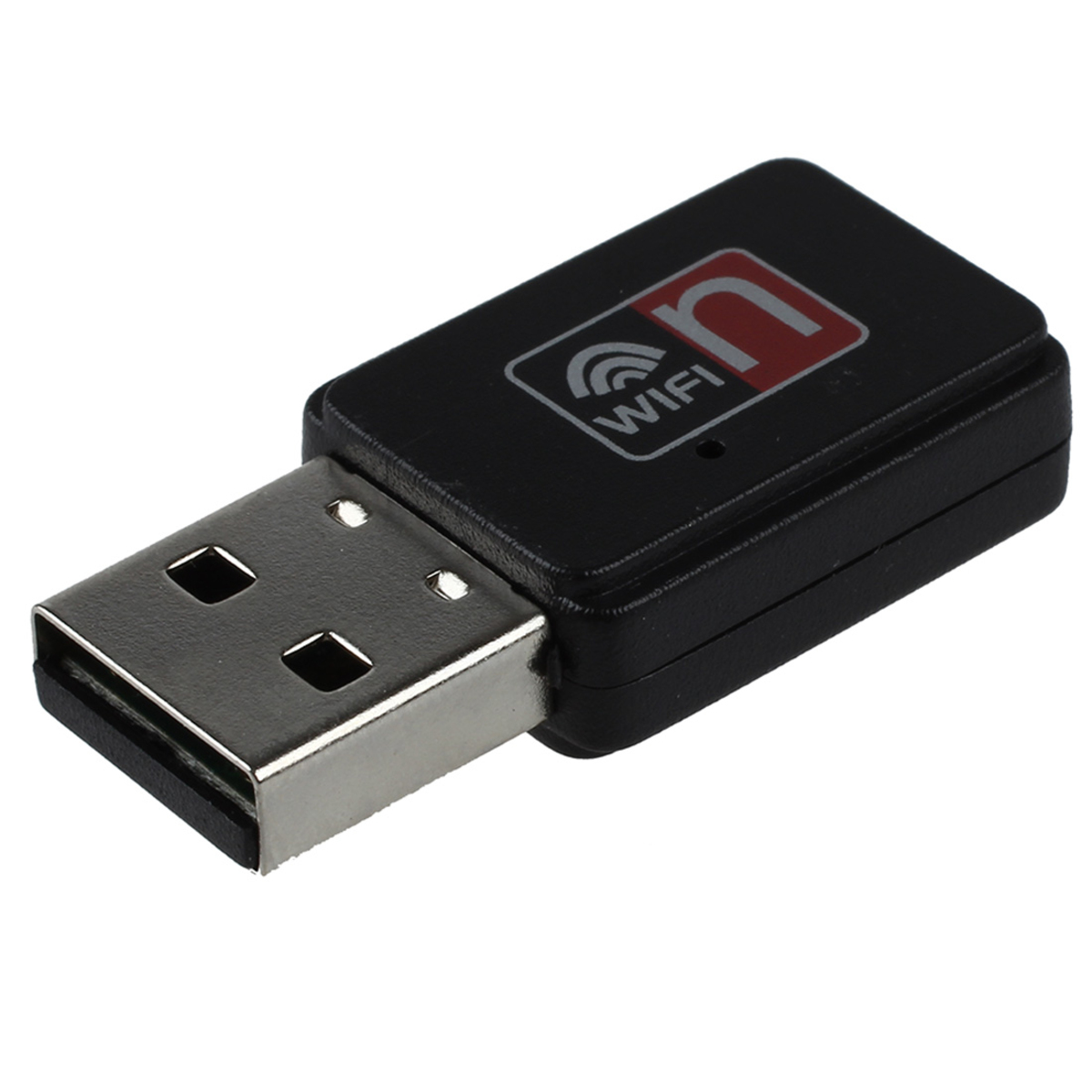
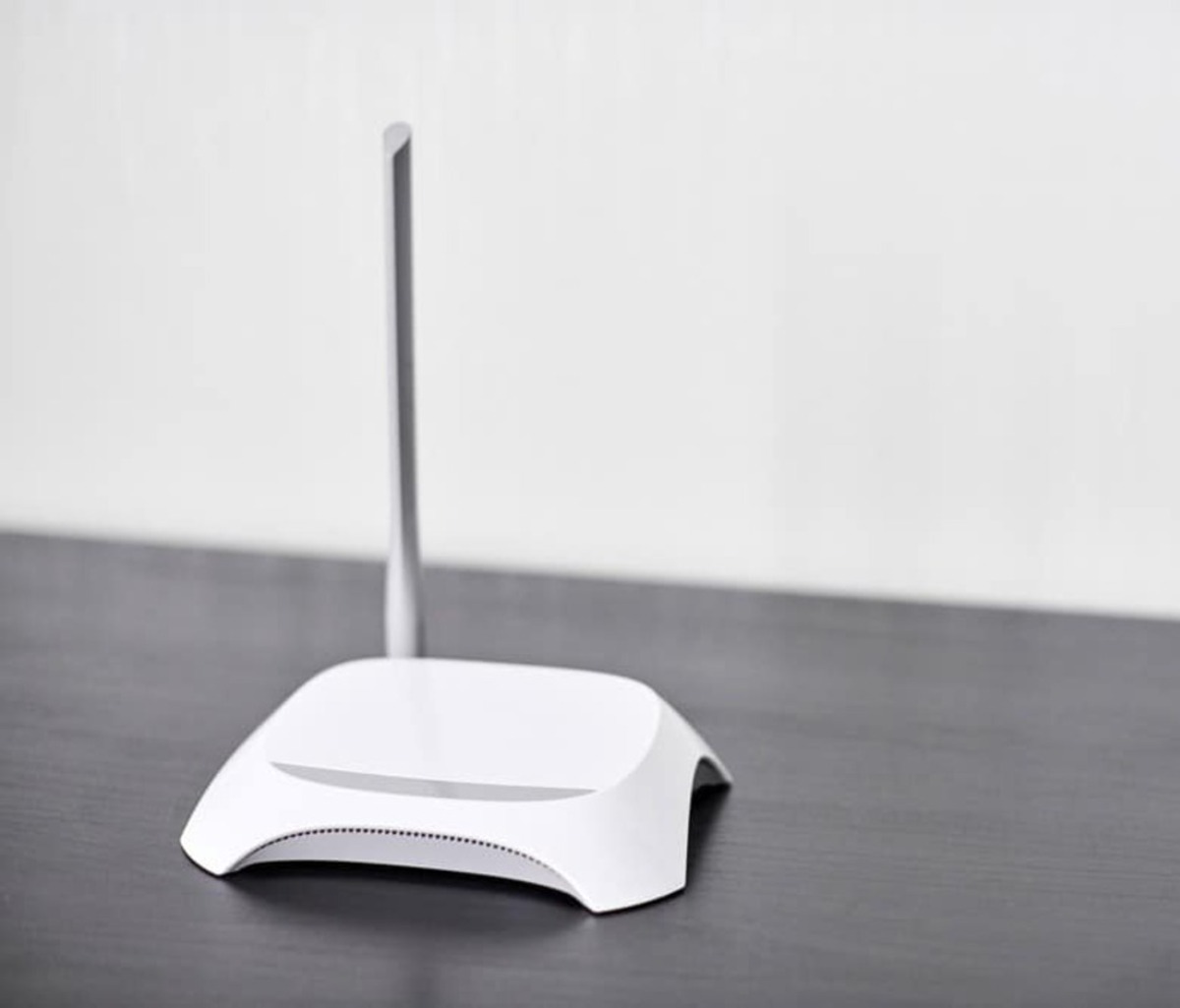
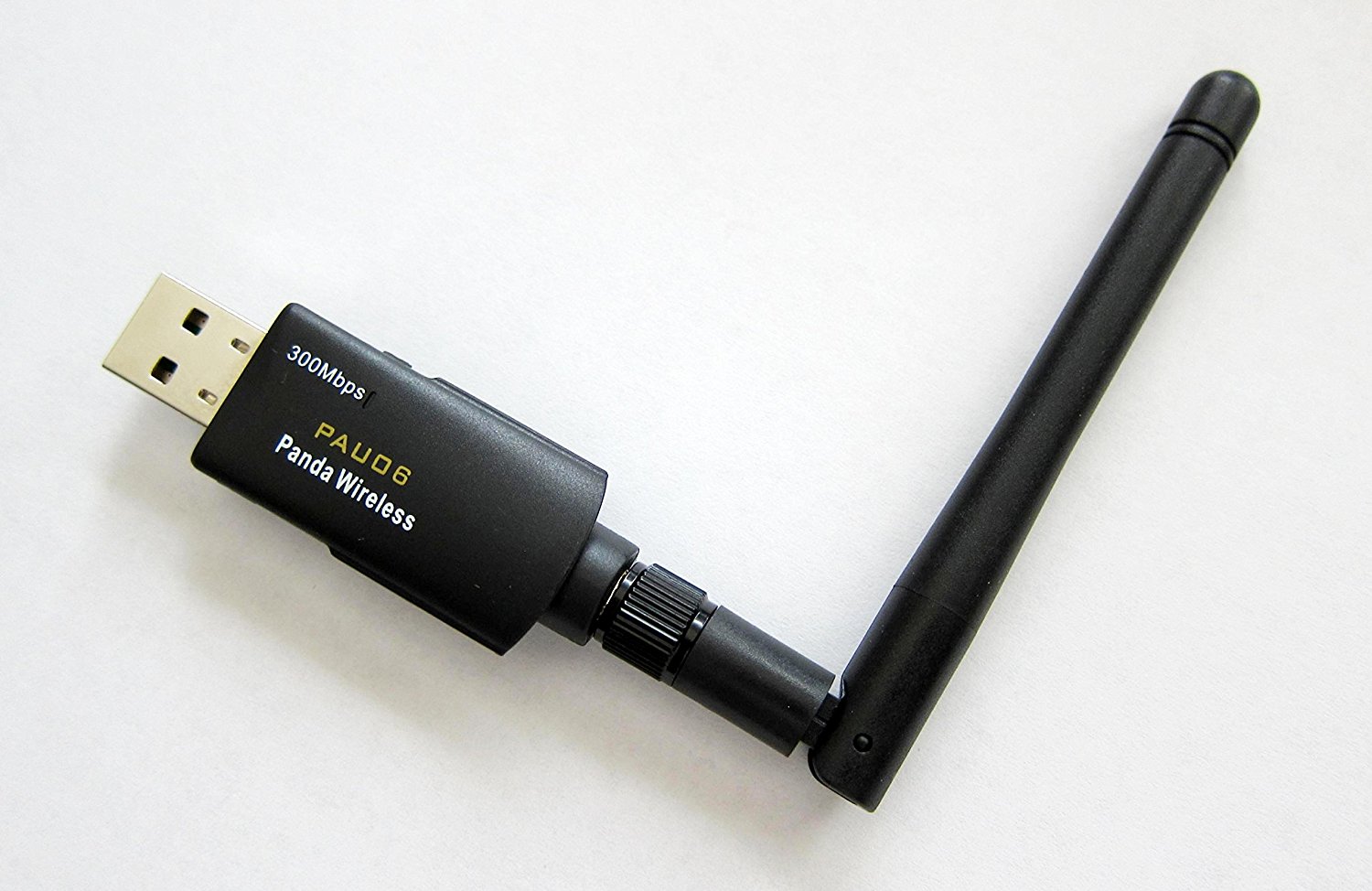

0 thoughts on “What Does A Usb Wifi Adapter Do”